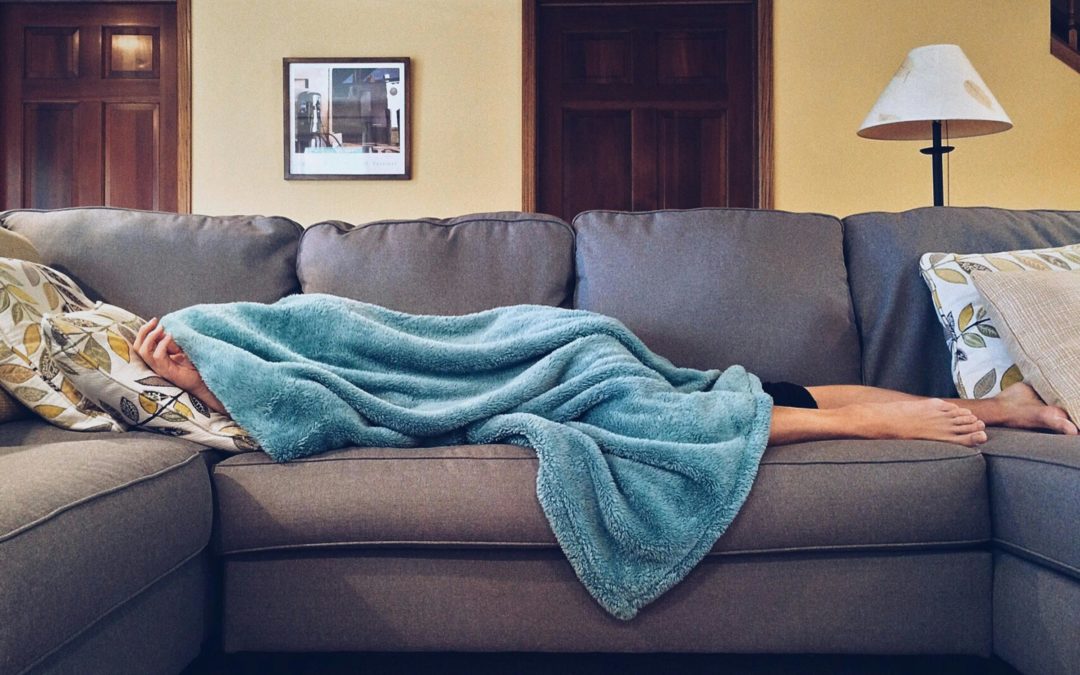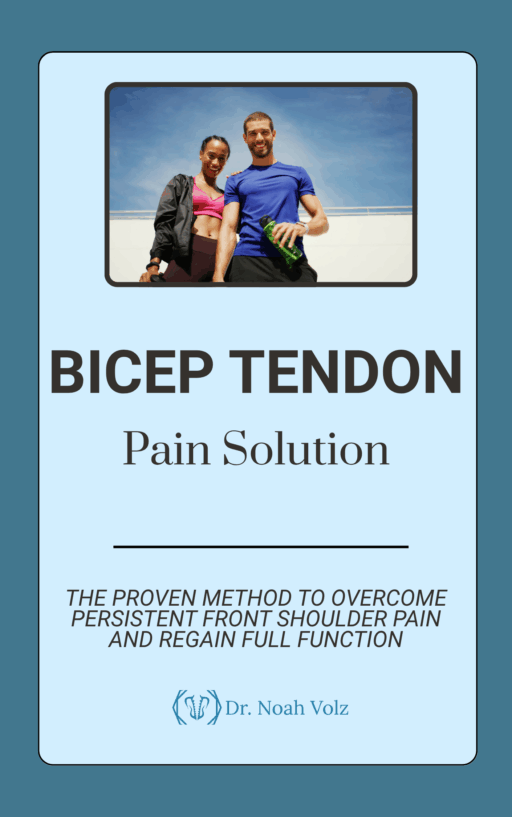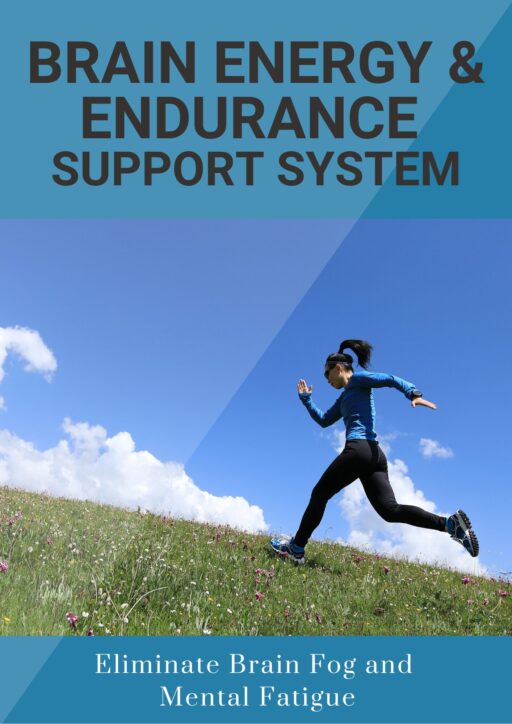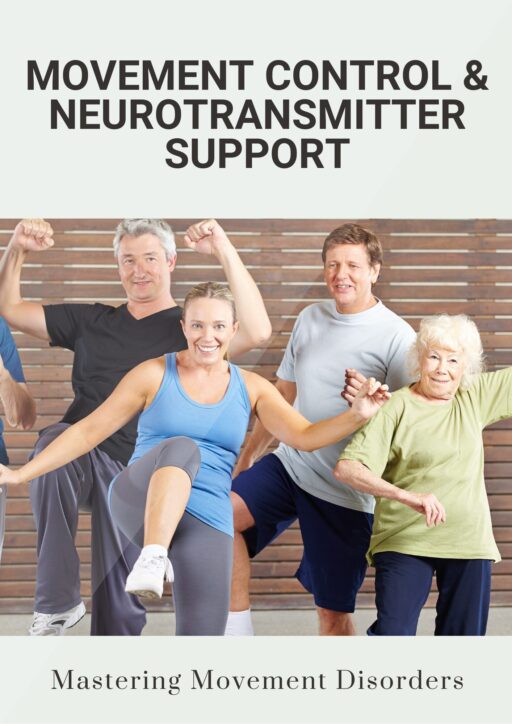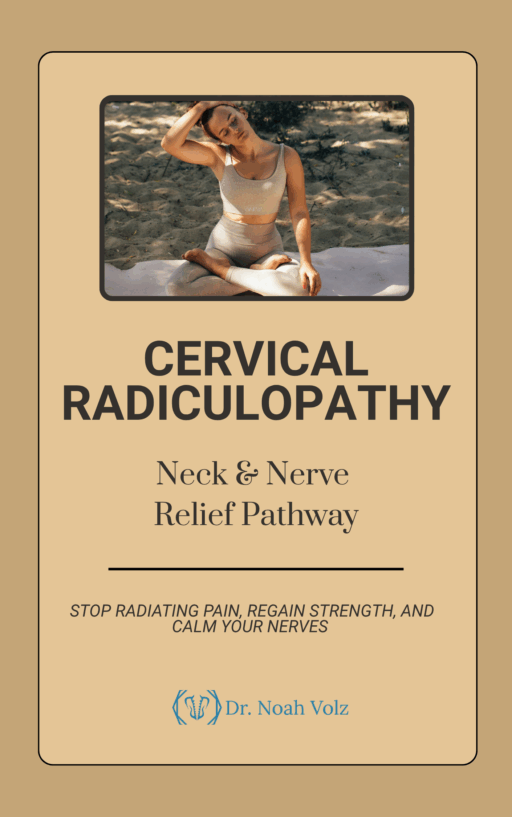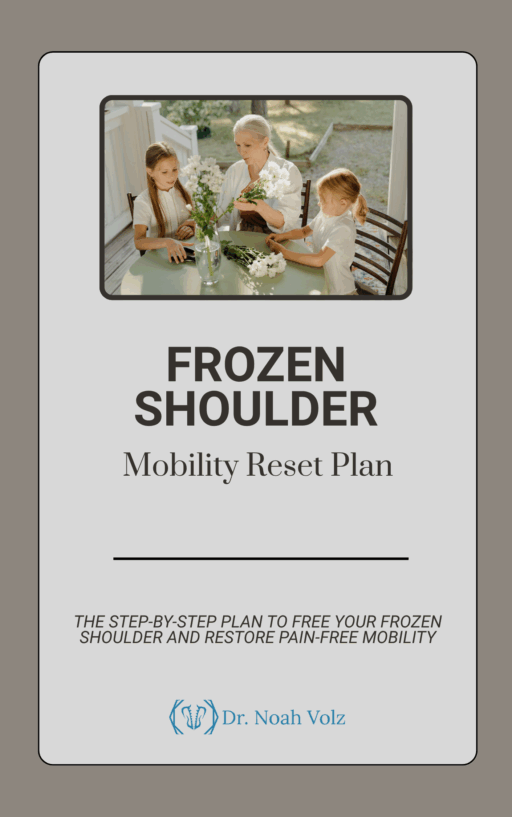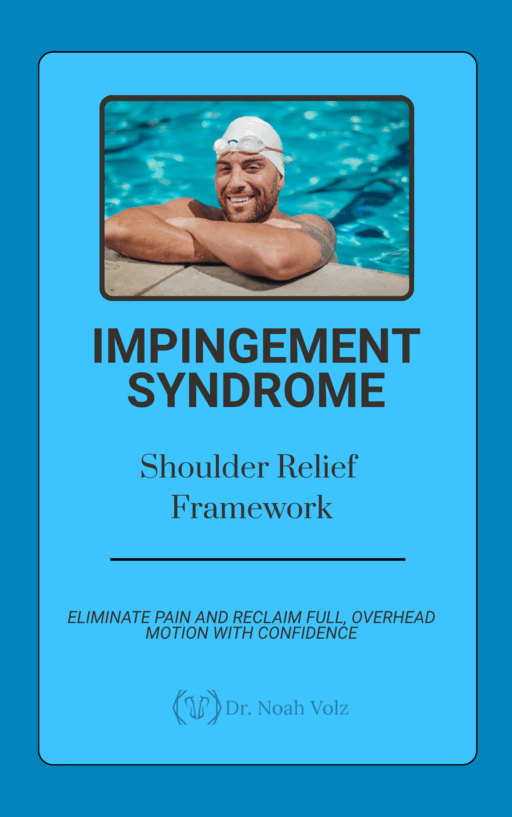Have you ever heard the term “spondylolisthesis” and wondered what it means? If you’re dealing with low back pain, especially as you get older, it’s a condition you should know about. Spondylolisthesis happens when one of the bones in your spine (vertebrae) slips forward out of place. This can cause a variety of symptoms, from mild aching to severe pain, numbness, and weakness.
At our chiropractic clinic in Ashland, OR, Dr. Noah Volz and our team have helped many patients with a specific type of spondylolisthesis called degenerative spondylolisthesis. We understand how confusing and frustrating this condition can be, and we’re here to help you understand what’s going on and how you can find relief.
In this blog post, we’ll break down what degenerative spondylolisthesis is, what causes it, and what you can do to manage your symptoms and improve your quality of life.
What Is Degenerative Spondylolisthesis?
To understand degenerative spondylolisthesis, let’s first talk about the anatomy of your spine. Your spine is made up of a series of bones called vertebrae, stacked on top of each other with discs in between. These bones are connected by small joints called facet joints that help guide and limit the motion of your spine.
As we age, these joints can start to wear down and become arthritic. This is a process called degeneration, and it’s a normal part of getting older. But in some people, this degeneration can cause the facet joints to become loose and unstable. When this happens, the vertebra above can start to slip forward on the one below. This is what we call degenerative spondylolisthesis.
Most of the time, degenerative spondylolisthesis happens at the very bottom of the spine, at the level of the 4th and 5th lumbar vertebrae (L4 and L5). This is because these joints tend to be under the most stress and are most likely to develop arthritis.
The amount of slippage can vary from mild to severe. In most cases of degenerative spondylolisthesis, the slip is relatively small – usually less than 30% of the width of the vertebra. But even a small amount of slippage can cause the spinal canal and nerve passageways to become narrowed, leading to a host of problems.
What Are the Symptoms of Degenerative Spondylolisthesis?
The symptoms of degenerative spondylolisthesis can range from mild to severe, and they often come and go over time. Some common signs and symptoms include:
– Low back pain that may spread into the buttocks or backs of the thighs
– Pain that feels worse when standing or walking and better when sitting or bending forward
– Pain that’s worse at the end of the day or after activity
– Stiffness and loss of flexibility in the low back
– Muscle spasms or tightness in the low back and legs
– Numbness, tingling, or weakness in one or both legs if the nerves are compressed
– A feeling of your back “giving out” or being unstable
In severe cases, degenerative spondylolisthesis can cause a condition called spinal stenosis, where the spinal canal becomes so narrow that it compresses the nerves. This can lead to more serious symptoms like difficulty walking, loss of bladder or bowel control, and severe weakness or numbness in the legs. If you experience any of these symptoms, it’s important to see a healthcare provider right away.
What Causes Degenerative Spondylolisthesis?
As the name suggests, the main cause of degenerative spondylolisthesis is degeneration of the spine. This can happen due to a combination of factors, including:
– Age: Degeneration is a normal part of the aging process, and it’s more common in people over 50.
– Gender: Women are about 6 times more likely to develop degenerative spondylolisthesis than men, possibly due to hormonal changes and differences in bone structure.
– Genetics: Some people may be born with a predisposition to developing spondylolisthesis due to variations in their spine anatomy.
– Obesity: Carrying extra weight puts more stress on the spine and can speed up the degeneration process.
– Certain sports and activities: Repetitive motions and high-impact activities like gymnastics, football, and weightlifting can increase the risk of spondylolisthesis.
While you can’t change factors like your age and genetics, there are things you can do to reduce your risk of developing degenerative spondylolisthesis or slow its progression. These include maintaining a healthy weight, staying active with low-impact exercises, and practicing good posture.
How Is Degenerative Spondylolisthesis Diagnosed?
If you’re experiencing symptoms of degenerative spondylolisthesis, it’s important to get an accurate diagnosis so you can start the right treatment plan. At our chiropractic clinic, Dr. Noah will start by asking about your symptoms, medical history, and any activities or injuries that may have contributed to your pain.
Next, he’ll do a thorough physical exam to check your spine for any visible slippage, tenderness, or muscle spasms. He may ask you to bend or move in certain ways to see what makes your pain better or worse.
In some cases, imaging tests like X-rays or an MRI may be needed to confirm the diagnosis and check for any nerve compression or other problems. These tests can also help grade the severity of the slippage, which can guide treatment decisions.
How Is Degenerative Spondylolisthesis Treated?
The good news is that most cases of degenerative spondylolisthesis can be managed effectively with nonsurgical treatments. The goals of treatment are to relieve pain, improve function, and prevent the condition from getting worse over time.
At our clinic, Dr. Noah uses a variety of evidence-based techniques to help patients with degenerative spondylolisthesis, including:
1. Chiropractic adjustments: Gentle, targeted adjustments can help realign the spine, take pressure off the nerves, and improve flexibility and function.
2. Soft tissue therapy: Techniques like massage and trigger point therapy can help relax tight muscles, reduce inflammation, and improve blood flow to the area.
3. Exercise and stretching: Specific exercises and stretches can help strengthen the muscles that support the spine, improve flexibility, and reduce pain. We often recommend exercises that focus on flattening the lower back and avoiding arching or extending movements.
4. Lifestyle advice: Simple changes like using proper lifting techniques, maintaining good posture, staying active, and losing weight if needed can make a big difference in managing symptoms over time.
In some cases, additional treatments like bracing, medications, or injections may be recommended to help manage pain and inflammation. Surgery is rarely needed for degenerative spondylolisthesis, but it may be considered if conservative treatments aren’t helping and the slippage is severe or causing significant nerve compression.
The most important thing is to work with a healthcare provider who understands degenerative spondylolisthesis and can create a personalized treatment plan based on your unique needs and goals. At our clinic, Dr. Noah and our team are committed to helping you find lasting relief and get back to the activities you love.
If you’re in the Ashland, OR area and are dealing with low back pain or other symptoms of degenerative spondylolisthesis, don’t wait to get help. Contact our office today to schedule a consultation and start your journey toward better spinal health and function.
References:
1. Kalichman L, Hunter DJ. Diagnosis and conservative management of degenerative lumbar spondylolisthesis. Eur Spine J. 2008;17(3):327-335.
2. Jacobsen S, Sonne-Holm S, Rovsing H, Monrad H, Gebuhr P. Degenerative lumbar spondylolisthesis: an epidemiological perspective: the Copenhagen Osteoarthritis Study. Spine 2007;32:120-125
3. Weinstein JN, et al. Surgical versus Nonsurgical Treatment for Lumbar Degenerative Spondylolisthesis. N Engl J Med 2007; 356:2257-2270
4. Vibert BT, Sliva CD, Herkowitz HN. Treatment of instability and spondylolisthesis: surgical versus nonsurgical treatment. Clin Orthop Relat Res. 2006;443:222–227.
5. Sengupta DK, Herkowitz HN. Degenerative spondylolisthesis: review of current trends and controversies. Spine 2005;30(6 Suppl): S71–81
Want to know what kind of back pain you have?
-

Bicep Tendon Pain Solution
$50.00 -

Brain Detoxification & Recovery System
$50.00 -

Brain Energy and Endurance Support System
$50.00 -

Brain-Based Movement and Motor Control Training
$50.00 -

Centralized Low Back Pain
$50.00 -

Cervical Radiculopathy: Neck and Nerve Relief Pathway
$50.00 -

Complex Low Back Pain
$50.00 -

Complex Radiating Low Back Pain
$50.00 -

Cross-Pattern Low Back Pain
$50.00 -

Frozen Shoulder Mobility Reset Plan
$50.00 -

Impingement Syndrome: Shoulder Relief Framework
$50.00 -

Mastering Brain Senses: Rebuild Your Hearing, Vision, and Body Awareness
$50.00

